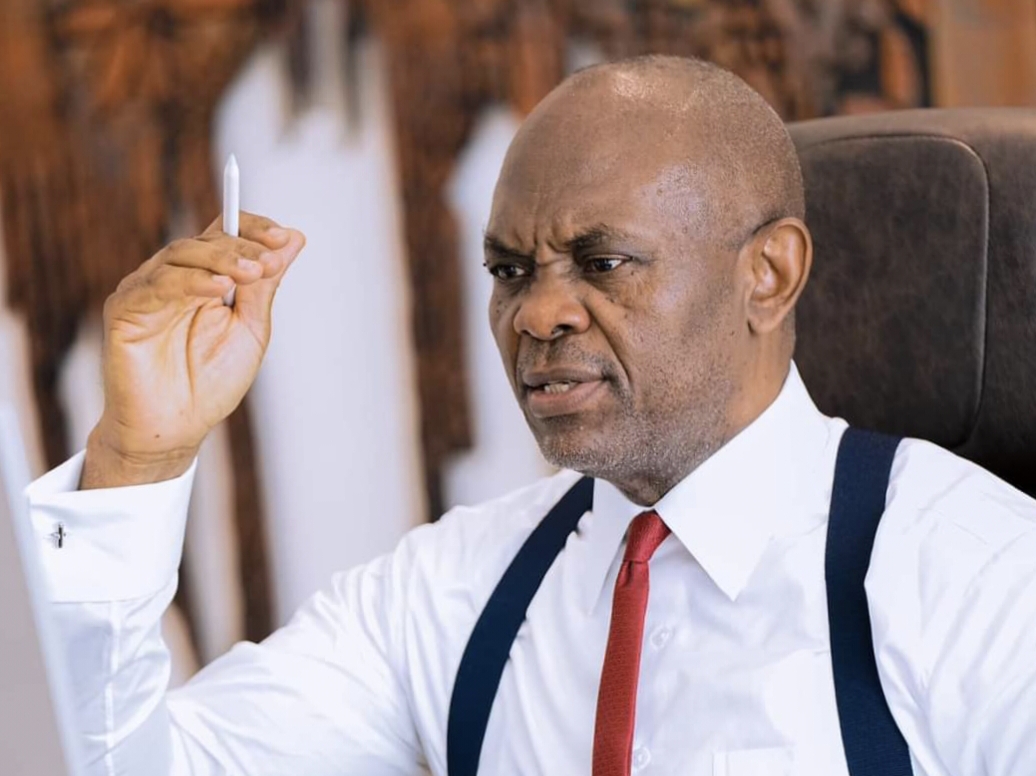The population of Ghana, a nation in West Africa, is approximately 31 million. Ghana is a country with a predominantly rural population. Ghana has a primarily rural population. About 44% of Ghanaians reside in rural areas, and 60% of those people work in agriculture, according to the Ghana Statistical Service. These rural communities in Ghana have limited access to basic social services, such as healthcare and education, and underdeveloped infrastructure and are often characterized by poverty. The Ghanaian government has put into place a Rural Area Revitalization Policy to address these issues as part of a larger plan to build an inclusive and sustainable economy that benefits all Ghanaians, regardless of their location. This policy is a multi-faceted approach that focuses on several key areas, including agriculture, infrastructure development, education, health, and sanitation which this article focuses on.
Improved Farming Practices
To begin with, the policy recognizes the importance of agriculture in the development of rural areas and seeks to promote its growth through several initiatives. The country’s economy is based on agriculture, which generates more than 50% of its Gross Domestic Product (GDP) and employs more than 60% of its workforce. Promoting the application of modern agricultural technologies is an initiative. The policy acknowledges that implementing current agricultural technologies can boost output and raise productivity. By giving farmers access to supplies like seeds, fertilizer, and pesticides as well as training in contemporary farming methods, the initiative seeks to increase agricultural production in rural areas. The government has introduced several initiatives to promote the application of contemporary technologies in contemporary farming practices. The government has established many programs to give farmers access to contemporary technologies to encourage their use. The National Service Scheme and the Ghana Irrigation Development Authority are two of these initiatives that give farmers access to irrigation systems as well as training and technical help.
The government has also launched programs like the Planting for Food and Jobs project, which attempts to boost food production and give farmers jobs. The program “Planting for Food and Jobs” has increased food output and given farmers new jobs. According to the Ministry of Food and Agriculture, the program has created over 745,000 jobs and increased maize production from 1.5 million metric tonnes in 2016 to 3.2 million metric tonnes in 2020.
PLANTING FOR FOOD AND AGRICULTURE: AN INITIATIVE OF THE AGRICULTURAL SECTOR
Cheap Access to Credit
Another element is Access to Credit, which aims to improve rural farmers’ access to financing so they may invest in their businesses and boost productivity. To help small-scale farmers and business owners invest in their operations and raise their standard of living, the component also aims to encourage financial literacy and create community-based financial institutions. The Rural Enterprise Program (REP), a measure put in place to solve this problem, has successfully boosted credit availability in rural areas, with over 120,000 loans given to rural entrepreneurs and firms as of 2019. Almost 6,000 rural enterprises have been established with the help of the initiative, creating over 50,000 jobs in rural areas. Another policy aimed at improving access to credit in rural areas is the Agricultural Development Bank (ADB) Farmer-based Organization (FBO) Financing Scheme which has disbursed over GHC 190 million in loans to over 17,000 farmers and farmer-based organizations across the country.
Infrastructural Development
Secondly, the policy acknowledges that one of the main issues facing rural areas in Ghana is the lack of basic infrastructure, such as roads, electricity, and water supply; therefore, improved infrastructure will make it easier for farmers to transport their produce to markets and access basic social services. The Community-Based Rural Development Project and the Ghana Road Fund, two initiatives that provide funds for the building of feeder roads in rural regions and road construction and maintenance, respectively, have been launched. Access to markets and social services has improved as a result of the construction of roads and other transportation infrastructure. The World Bank reports that a majority of rural roads are in good condition. According to the World Bank, the share of rural roads in good or fair condition increased from 29% in 2005 to 42% in 2018.
Increased Access to Energy
Thirdly, the policy recognizes that the lack of access to electricity is one of the main obstacles facing rural areas in Ghana. The government has launched some initiatives to increase access to energy to address this issue. These initiatives include the Rural Electrification Project and the Renewable Energy for Sustainable Development Project, which support the use of renewable energy sources in rural areas and provide funds for the expansion of the national electricity infrastructure there. The availability of electricity has also raised rural households’ standards of living.
Improved Access to Education
Fourth, another important element of the Rural Area Rejuvenation Strategy is education. Not only can having access to education enhance one’s quality of life, but it also has a significant impact on the economic development of rural communities. However, in Ghana, access to education has historically been limited, particularly in rural areas. According to the United Nations Educational, Scientific and Cultural Organization (UNESCO), in 2019, the literacy rate among Ghana’s rural population was 64%, compared to 87% for urban areas.
FREE SHS POLICY AIMED AT GIVING EVERY CHILD AN EQUAL ACCESS TO EDUCATION
To address this disparity, policies such as the “Free Senior High School” has been implemented. The program provides free education for students at the senior high school level, to increase enrollment rates and reduce the financial burden on families. According to the Ghanaian Ministry of Education, enrollment rates in senior high schools increased from 307,180 in 2016 to 346,098 in 2019, with a significant proportion of these new students coming from rural areas.
Access to Quality Healthcare
A society’s ability to grow socially and economically depends on its citizens having access to high-quality healthcare, which is a fundamental human right. Regrettably, access to healthcare in Ghana’s rural areas is frequently poor because most of these areas lack even the most basic healthcare infrastructure and services. The National Health Insurance System (NHIS), which offers all Ghanaians access to inexpensive health insurance coverage, is one example of a policy designed to improve rural health outcomes. Since its launch in 2003, the NHIS has registered over 12 million participants, a sizable portion of whom are from rural areas. The program covers a variety of medical services, such as general care, hospitalization, and specialized treatment. These improvements are largely attributed to the NHIS, which has increased access to healthcare services in rural areas.
The initiative, which was started in 2000, aims to increase access to basic healthcare services in rural areas by developing community-based healthcare facilities and training community health professionals. With more than 4,000 CHPS compounds established around the nation, the CHPS initiative has been successful in enhancing access to healthcare services in rural areas since its beginning. According to the Ghana Health Service, there are now 3,173 medical facilities in rural regions, up from 2,752 in 2014.
Access to Clean Water and Sanitation in Rural Areas
Finally, preserving good health and halting the spread of disease depend on having access to clean water and adequate sanitation. Nevertheless, there are few of these fundamental services available in rural Ghana. Just 17% of Ghana’s rural population, according to the World Health Organization (WHO), only 17% of Ghana’s rural population has access to improved sanitation facilities, while only 64% have access to improved water sources. To address this issue, the Ghanaian government has implemented several policies aimed at improving access to clean water and sanitation in rural areas. One such policy is the “Small Towns Water Supply and Sanitation Project,” which was launched in 2012. The project aims to increase rural and small-town communities throughout Ghana’s access to clean water and sanitary facilities.
Ghana’s program for revitalizing rural regions is essential for fostering sustainable development and eliminating rural poverty and inequality. To raise the standard of living, the Ghanaian government has put in place a number of initiatives. Although there is still work to be done as a country to achieve the goal, all of these measures are focused on making Ghana a better place.


